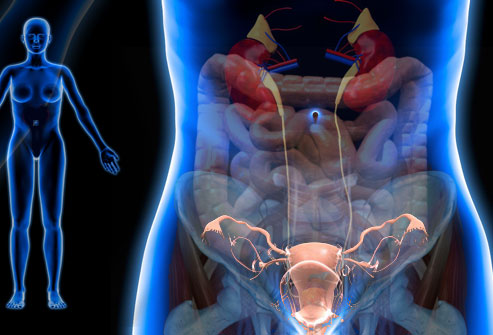Chronic pelvic pain is a persistent pain around the structures associated with the pelvis, which lasts for a period of six months or longer. The disease has an unclear etiology and natural history, presenting a major challenge to health care providers all over the world. It is often associated with other health disorders such as chronic fatigue syndrome, irritable bowel syndrome, post-traumatic stress disorder, and depression, among others. Because it is poorly understood, it is also poorly managed, and its diagnosis is limited to a physical exam and personal history. Curative treatment is difficult to find, and doctors recommend a range of evidence-based therapies and other biopsychosocial approaches. OB/GYN Patricia Nevils can treat other diseases related to chronic pelvic pain such as endometriosis, and uterine fibroids.
Image Credit: Pexels.comSymptoms
Chronic pelvic pain is associated with many different conditions, which all have similar symptoms. The pain can reduce the quality of one’s life, making it hard to sleep, work, and enjoy life. The severity of the pain, and how often it occurs, differ from person to person. Although a health care provider may not be able to fully treat the disease, they will aim to reduce the pain and other related symptoms so that a patient can continue living a normal life.
Understanding one’s symptoms can help the doctor to discover the cause of pain and treat it with effect. Some of these symptoms include pressure in the lower abdomen, rectal bleeding, spotting during one’s periods, infertility, and sharp pains in the pelvic area.
Diagnosis
During the first visit, the health care provider will begin by asking many questions about the symptoms, and the patient’s history of health. Emotional issues sometimes play a big role in causing diseases, thus the doctor will want to find out if the patient is undergoing depression or stress. Questions will also touch on one’s sexual history, including past or present cases of sexual abuse.
The doctor will then conduct a full pelvic exam to look for problems in the reproductive system. Some of these tests include blood and urine tests (in case of infections), a pregnancy test, and tests for sexually transmitted diseases. If the tests are not conclusive, the doctor will proceed to use imaging techniques to get a visual understanding of the patient’s organs. Examples of such tests include MRI and CT scans for the pelvis.
Treatment
Whether or not the health care provider finds the cause of the problem, they will recommend some form of treatment to help manage the pain. If the problems are related to the menstrual cycle, treatments for hormonal imbalance will commence. A surgery may be done to remove any identified cysts, tumors and growths, and antibiotics will be given for infections.
With chronic pelvic pain, a combined, multidisciplinary treatment usually yields the best results. For example, the doctor may suggest tricyclic antidepressants for depression, pain relievers, and cognitive-behavioral therapy to help change one’s attitude towards the disease. Counseling will give a patient emotional support and reduce stress, and physical therapy will help improve posture, relax muscles and increase activity. One may have to try different treatments to find out which works best for them. Taking an active role in the treatment is encouraged as it helps a patient feel more hopeful about recovery.
Vinay M
Recent Posts
- Castor Oil For Better Hair Growth: Is It Myth Or Fact?
- Exploring the Differences Between Sermorelin, Ipamorelin, Ibutamoren, GHRP2, and GHRP6: Understanding Their Role in Human Growth Hormone Regulation
- Unraveling the Mystery: Understanding the Causes and Prognosis of Ventricular Tachycardia Without Apparent Heart Disease
- Understanding Grandparents’ Rights in Oklahoma: Navigating Visitation and Legal Protections
- 10 Reasons to Consider Hypnotherapy for Your Health

